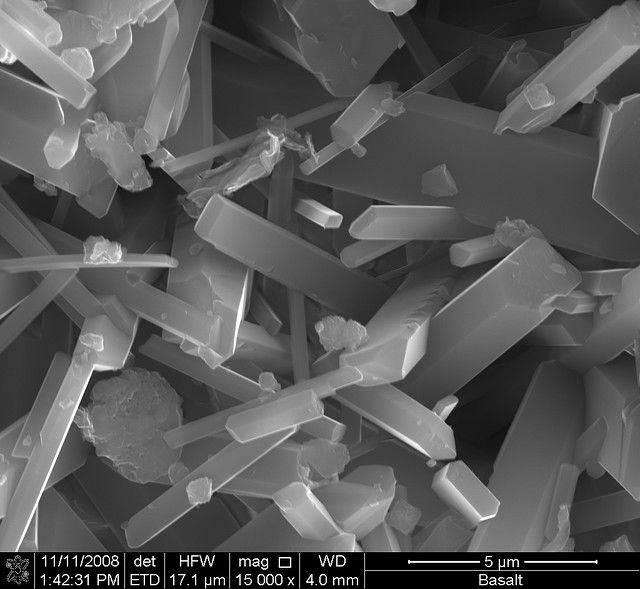-
 Sweat gland
Sweat gland
-
 Span-wise ice accretion
Span-wise ice accretion
-
 Force couple
Force couple
-
 Fenugreek
Fenugreek
-
 Genomic
Genomic
-
 Quartz
Quartz
-
 Disaccharide
Disaccharide
-
 Swift
Swift
-
 Absolute density
Absolute density
-
 Podicipediformes
Podicipediformes
-
 Translation
Translation
-
 Niacin
Niacin
-
 Core 2 Duo
Core 2 Duo
-
 ITS
ITS
-
 Bullet cluster
Bullet cluster
-
 Dwarf galaxy
Dwarf galaxy
-
 Muon neutrino
Muon neutrino
-
 Heterozygote
Heterozygote
-
 Green flash
Green flash
-
 Histamine antagonist
Histamine antagonist
-
 Areole
Areole
-
 Antiemetic
Antiemetic
-
 Cullin
Cullin
-
 COPD
COPD
-
 Barotrauma
Barotrauma
-
 Glitazone
Glitazone
-
 Retreading
Retreading
-
 Cerebrovascular accident
Cerebrovascular accident
-
 Diaphragm
Diaphragm
-
 iPod
iPod
CO2 trap
A " CO2 trap " is a term used to refer to all the mechanisms and materials able to trap the carbon dioxide in air or water.
There are two types of CO2 traps, natural traps and artificial traps.
Natural CO2 traps
Natural CO2 traps are also called carbon sinks. They rely on biochemical mechanisms (photosynthesis, calcification) and thermodynamic mechanisms (dissolution in the oceans). Geoengineering experiments try to artificially improve these carbon traps.
Artificial CO2 traps
Artificial traps are techniques used to capture and sequester CO2, that are still in the experimental phase. Several processes are being developed, some based on the properties of a material or a solvent, others on carbon dioxide separation processes.
This is the case, for example, of the MIL-101 material produced by the Lavoisier Institute (chromium terephthalate), which can capture 400 m3 of CO2 in a cubic metre of powder, or pre or post-combustion separation processes followed by compression of the produced gas.
 CO2 trapped in basalt in the form of calcite minerals. © PNNL Pacific Northwest National Laboratory CC by-nc-sa 2.0
CO2 trapped in basalt in the form of calcite minerals. © PNNL Pacific Northwest National Laboratory CC by-nc-sa 2.0
Latest
Fill out my online form.



